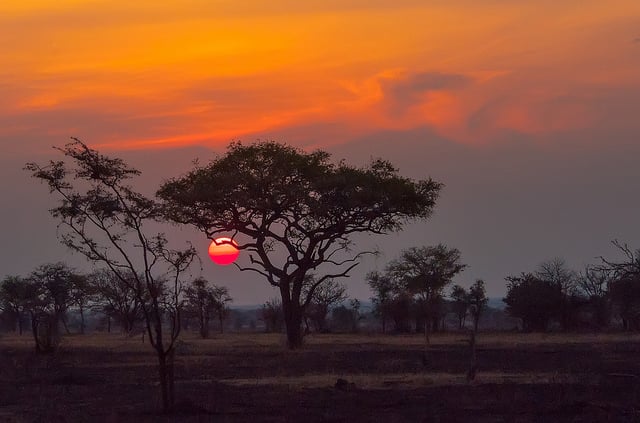Are Serengeti Rubies Real Rubies?
Although Tanzania is a source of rubies, so-called Serengeti rubies are more likely to be garnets. Learn more about rubies and misleading gem names here.
1 Minute Read
Answer:Ruby gemstones occur in Tanzania as well as in neighboring Kenya. However, if you find "Serengeti rubies" offered for sale, be aware that they may not be from the famous Serengeti region. They also may not be rubies at all.
Cape Rubies, River Rubies, and Serengeti Rubies: Beware of Gems With Two Names
Based on your description of their color, these so-called Serengeti rubies may not be rubies. In the strictest gemological terms (and to the unaided eye), ruby is gem-quality red corundum. Only a competent professional gemologist can identify and appraise your rubies.
Interested in this topic?
This article is also a part of our Ruby Specialist Mini Course, in the unit Distinguishing Synthetic and Simulant Ruby.
Many gems have been given two names to mislead the buyer. There are a few with the second name of "ruby." The most famous example of this was the "Cape Ruby." In the 1930s, many people paid a high price for rubies but found to their dismay they had bought pyrope garnets. In the 1950s, "River Rubies," said to be from the Congo River, turned out to be garnets, too.
Buyer beware. Do your homework before you buy that gem with more than one name!
Ron Campbell, Central Coast Gem Lab
Basic Information About the Value of Rubies and Sapphires
The first question that needs to be answered about your Serengeti rubies is whether they're really corundum. Ruby and sapphire are gem-quality varieties of this mineral.
Vendors sell many stones with exotic or colorful modifiers attached to the names of well-known and valuable gems like diamonds and rubies. Unfortunately, these stones are often another less valuable gem species. From your description, your Serengeti rubies might be garnets.
Assuming your Serengeti rubies are actually corundum, they would be valued as either rubies or sapphires, depending on their color. Many gemologists don't consider pink corundum stones rubies.
As far as where the stones are from, I don't know of any ruby or sapphire which has a price premium attached to it solely on the basis of locale, except for Kashmir sapphires or Burmese rubies of known provenance. So, assuming your Serengeti rubies are really rubies, no matter where they're from, they would be graded based primarily on size, clarity, and color. Since rubies are usually included to some degree, color is the most important factor, assuming the inclusions aren't preventing transparency. The cut would be a secondary consideration.
Regards,
Roy Kersey
International Gem Society
Related Articles
Sapphire Value, Price, and Jewelry Information
Ruby Gemstone Value, Price & Jewelry Insights
Corundum Value, Price, and Jewelry Information
A Step-Cut Montana Sapphire Design
Latest Articles
800 Years of Mogok: A Celebration in Tenuous Times
What is the Average Gemstone Faceting Yield?
Pyroxmangite Value, Price, and Jewelry Information
How to Identify Emerald Simulants and Synthetics
Never Stop Learning
When you join the IGS community, you get trusted diamond & gemstone information when you need it.
Get Gemology Insights
Get started with the International Gem Society’s free guide to gemstone identification. Join our weekly newsletter & get a free copy of the Gem ID Checklist!
